The blunt tool for hydraulic hammers, sometimes also referred to as a dull tool or flat tool (not to be confused with a wedge/flat chisel), is one of the important and practical tools for hydraulic hammers (breakers). The main characteristic of this type of tool is its large, flat working surface, which lacks any sharp edges or cutting points. This specific design makes the blunt tool ideal for applications requiring maximum impact energy transfer and material crushing rather than penetration or cutting.
Appearance and Function of the Blunt Tool
A blunt tool typically has a completely flat, planar, or very slightly convex head. The purpose of this design is to distribute the impact force of the hydraulic hammer over a wider surface area of the target material. Unlike moil points that concentrate energy at a single point to penetrate, the blunt tool transfers a powerful shock wave, causing materials to shatter, break, or shift. This action is very effective for breaking large pieces of rock or concrete that have already been dislodged from their original bed.
Main Applications of the Blunt Tool:
- Secondary Rock Breaking: The primary use of the blunt tool is to break down and reduce the size of large rocks (boulders) that were not fully fragmented during primary blasting in mines or civil projects and are too large for handling or loading.
- Concrete Demolition: In demolishing concrete structures, especially thick and voluminous sections where crushing rather than precise cutting is needed, the blunt tool is highly effective. It is also used to weaken the bond between concrete and rebar by crushing the concrete around the reinforcement.
- Tamping and Compaction (in specific cases): Although specialized compaction tools exist, in some instances, blunt tools with a very large cross-sectional area can be used for limited tamping and compaction of certain materials.
- Shifting or Seating Certain Objects (with caution): In very limited cases and adhering to safety principles, it can be used for impacting and seating some heavy objects.
Advantages and Considerations for Using Blunt Tools:
- Advantages: Transfers maximum impact energy to the material, ideal for breaking large pieces and brittle materials, reduces the likelihood of the tool jamming in the material, produces fewer sharp flying debris compared to pointed tools.
- Considerations: Not suitable for initial penetration into hard, solid rock or concrete. Not applicable for cutting or creating precise lines. Selecting the appropriate size and weight of the tool relative to the hammer’s power and material dimensions is important.
Material and Manufacturing Quality:
Like other hydraulic hammer tools, blunt tools are also manufactured from high-quality alloy steels that have undergone precise heat treatment to achieve high hardness and resistance to impact and wear. Due to the larger contact surface and widespread force transmission, the manufacturing quality and material uniformity across the entire working surface are of particular importance.
Important Usage Tips:
- Ensure full contact between the tool surface and the material before starting to strike.
- Avoid repeated impacts on a very small spot, which can lead to tool damage.
- Regularly inspect the tool surface for any cracks or deformations.
Conclusion:
The blunt tool for hydraulic hammers is a specialized and powerful instrument that plays a key role in secondary rock and concrete breaking operations, as well as some other demolition tasks, by effectively transferring impact energy. Correct selection and proper use of this tool increase work productivity and safety.

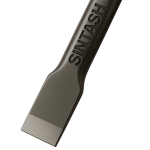
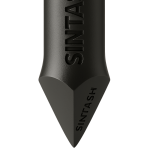
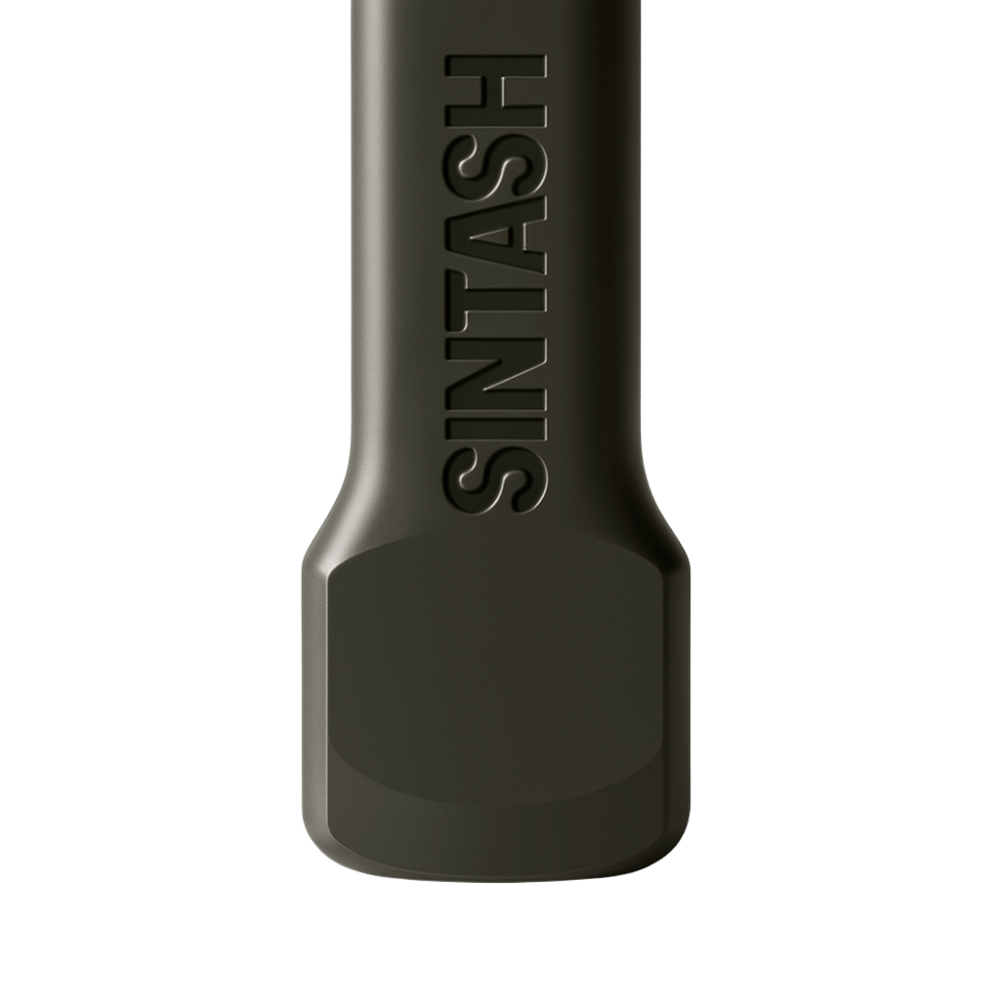
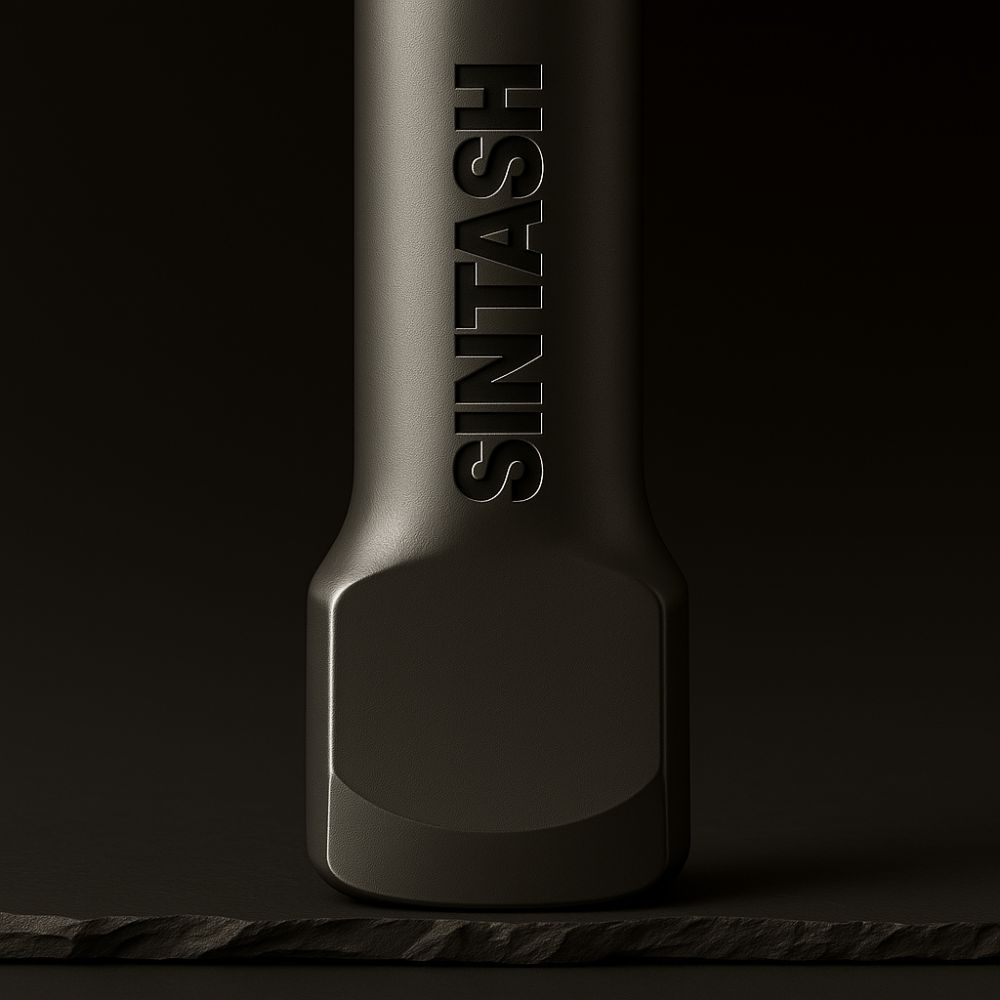

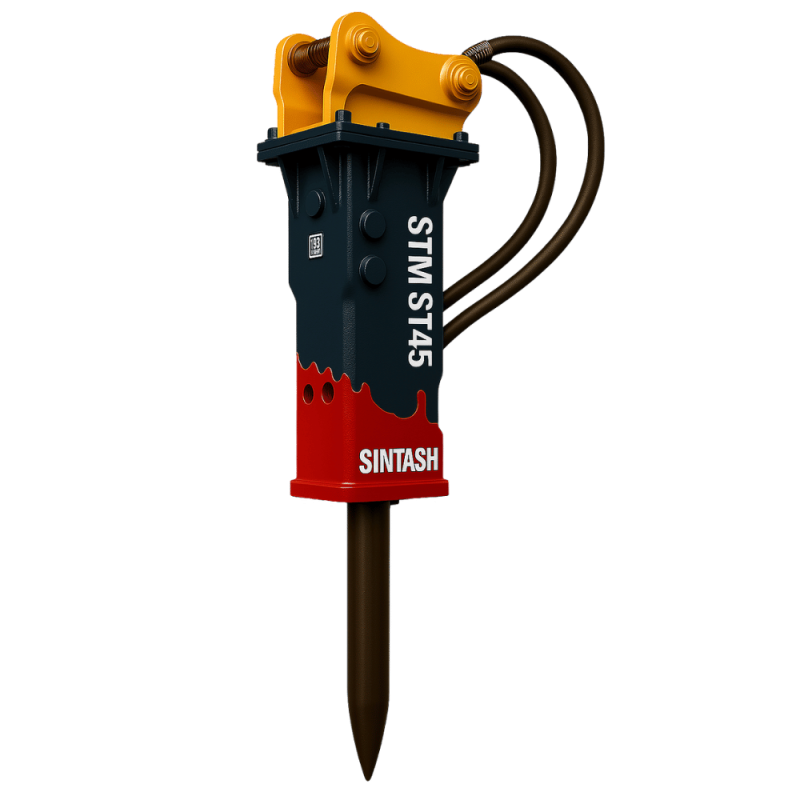
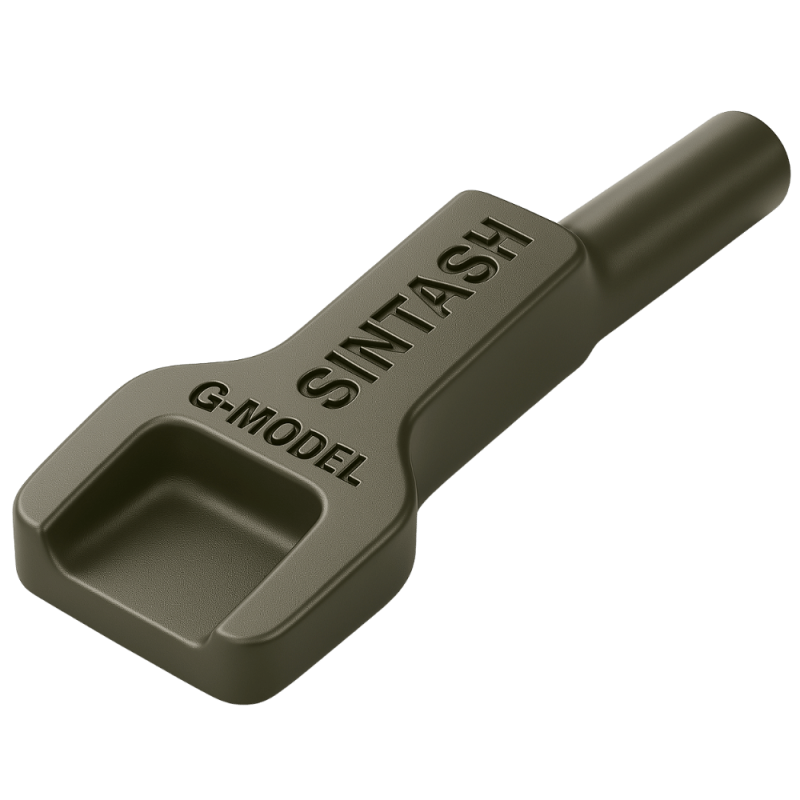


Reviews
There are no reviews yet.